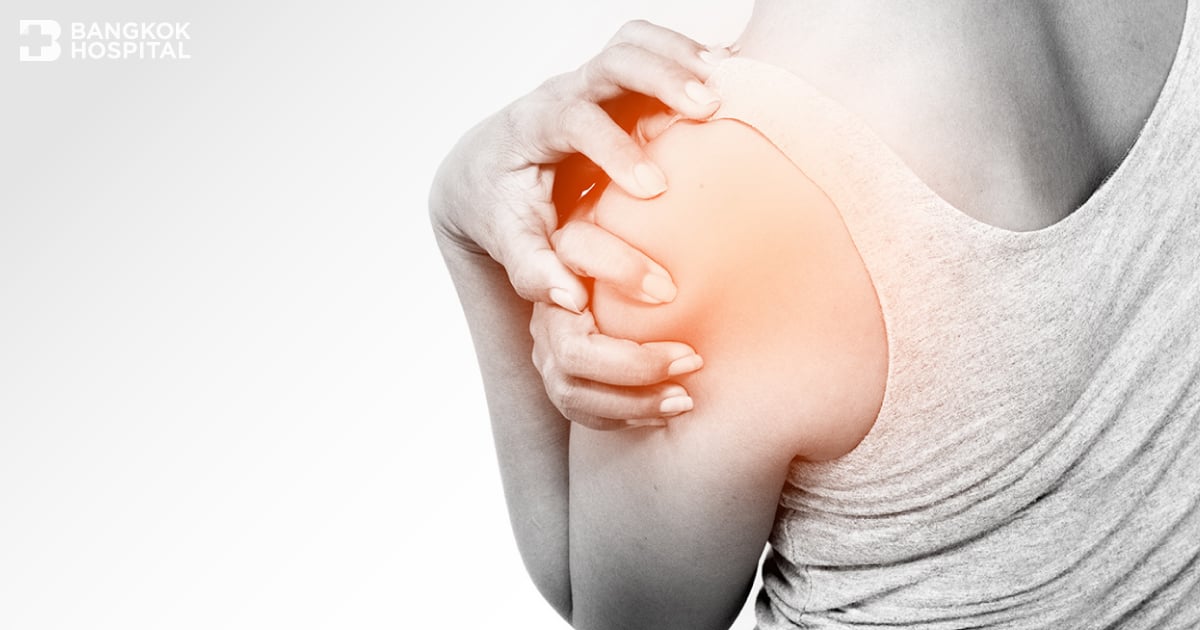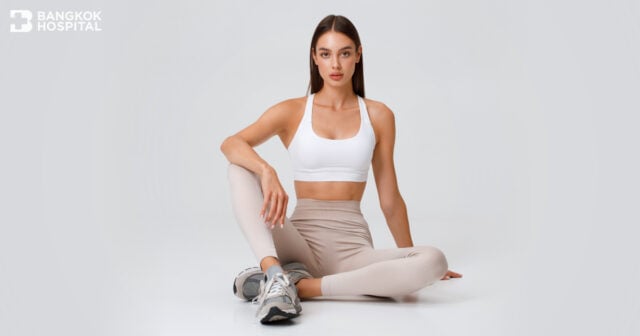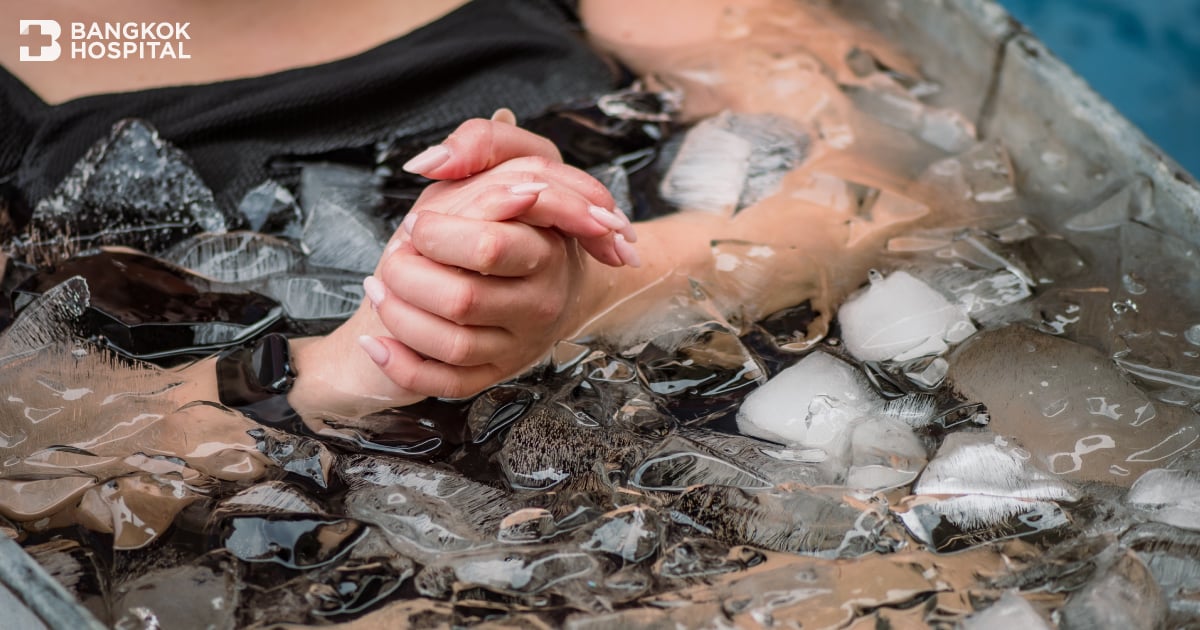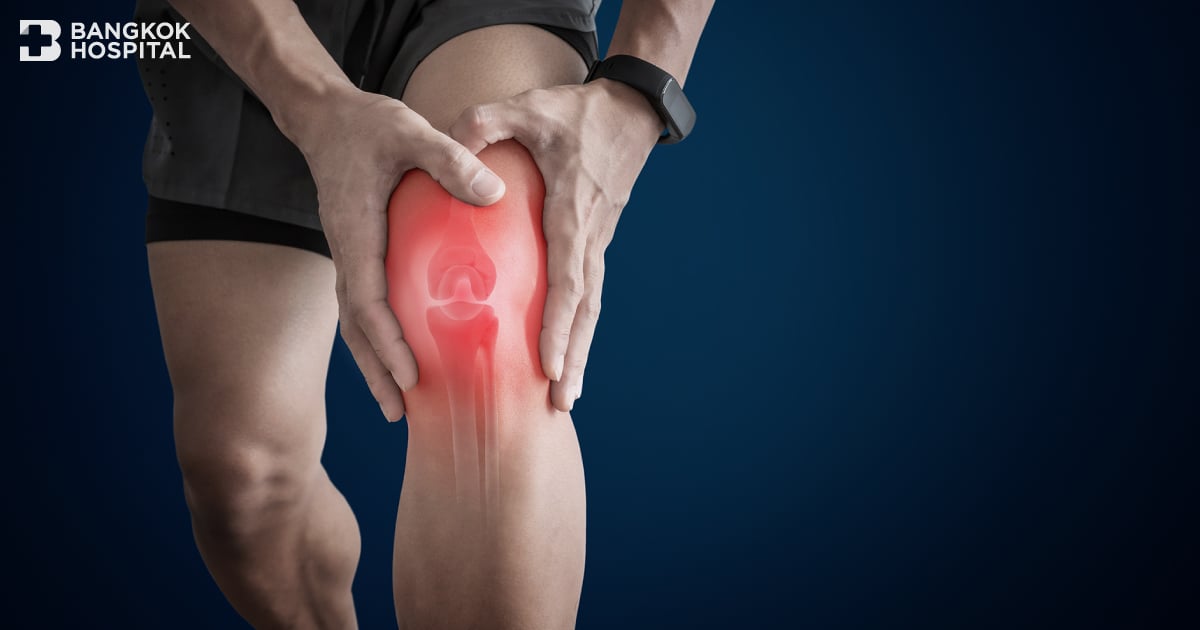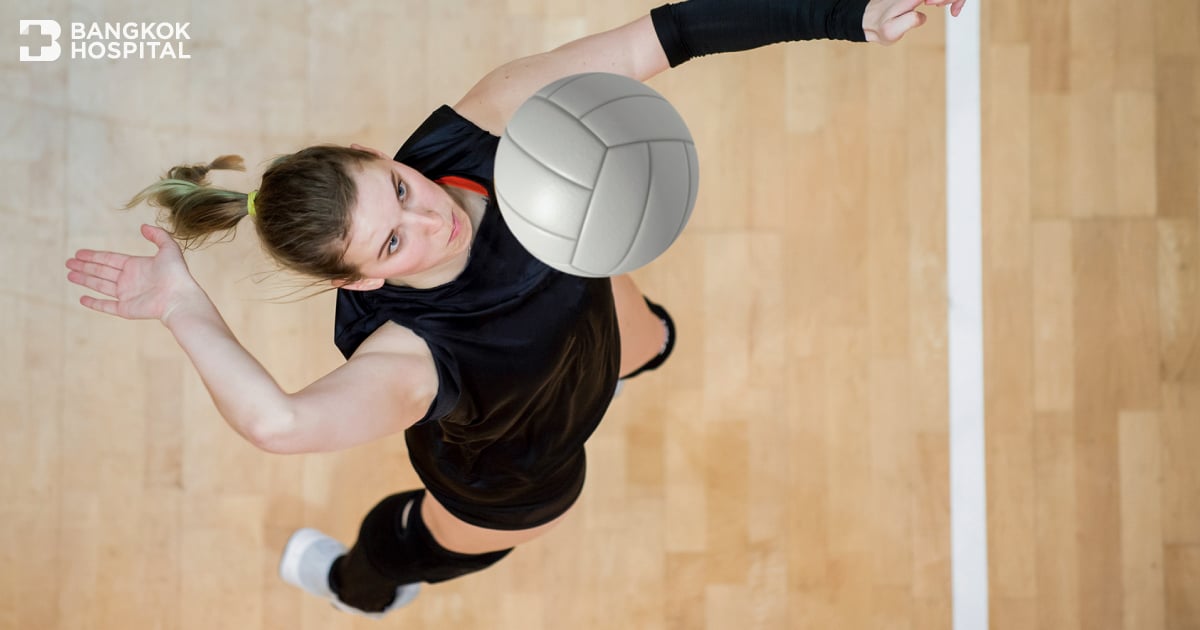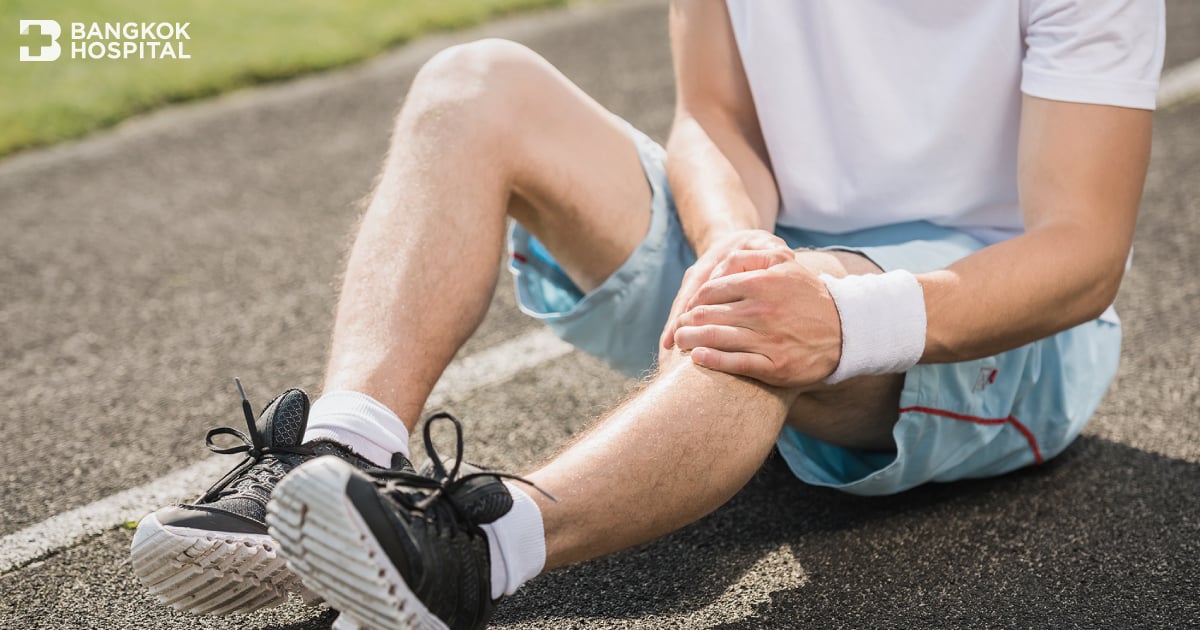Rotator cuff tear is a common problem. A patient usually visits a doctor because of some discomfort and inability to move the shoulder properly. In the United States, there are about 2,000,000 of these cases annually. When a rotator cuff is torn, the patient’s shoulder feels weaken and it reduces the patient’s ability to perform normal everyday tasks – such as combing hair and getting dressed – as the discomfort makes it harder to maneuver.
Knowing Your Shoulder Joint
Each shoulder joint consists of 3 parts:
- Humerus – the largest bone of the upper arm.
- Scapular – a large triangular-shaped bone that lies in the upper back.
- Clavicle – the collarbone.
Shoulder joint (ball and socket) are linked together through the capsule and rotator cuff. The latter’s ligaments consist of 4 muscles and tendons to hold the joint together, giving it strength and stability to allow rotation and mobility. In addition, there are bursa sacs that provide a cushion and reduce friction between the rotator cuff and the upper part of the shoulder – the acromion. When there is an inflammation of the ligament or a tear in the rotator cuff ligament, these bursa sacs are also affected and cause discomfort.
Torn Rotator Cuff Injury
When a ligament is torn, it usually occurs where it attaches to the humerus. One or more ligaments could be torn. The injury might have begun as inflammation in the tissue above the ligament which could be due to the friction between the acromion and the ligament because of calcium build-up. Other causes include the degeneration of the ligament itself, or extended shoulder movements over a long period of time, or an accident. All of these could cause a tear which initially was in small parts but could progressively become worse along the thickness of the ligament. Accordingly, below are the types of rotator cuff injury:
Types of Injury According to the Tear
- Partial rotator cuff tear
- Full thickness rotator cuff tear
- Massive rotator cuff tear, which occurs when a tendon has torn and retracted away from its original position.
Categorized by Causes
There are 2 main causes, which are:
- Accident – for example, a fall where the person holds out a stretched arm or lets a shoulder crash against the floor which causes the muscles and tendons to retract severely.
- Degeneration of a ligament – The category is often found when there have been extended shoulder movements of a long period of time together with, as one ages, other contributing factors. These are:
-
- Repetitive Stress – This happens when there are extended or overworked or improper shoulder movements for long periods – such as in the case of athletes who use their shoulders a lot (e.g., baseball players, weight-lifters, etc.).
- Lack of Blood Supply – As one gets older, blood supply to the shoulder area decreases. Consequently, when there is a tear, the self-healing process becomes constrained.
- Bone Spur – This occurs when the there is a calcium build-up under the acromion which causes friction between the bone spur and the rotator cuff ligament. This subsequently leads to a tear. The condition is also known as “Impingement Syndrome.”
Symptoms of Torn Rotator Cuff
Patients of torn rotator cuff often exhibits the following symptoms:
- Pain during sleep, especially while lying on the side.
- Discomfort while raising the arm up or down to certain positions.
- Weakness while lifting or rotating the shoulder.
- Grinding sound while making certain shoulder movements.
Torn Rotator Cuff from an Accident
Torn rotator cuff caused by an accident usually leads to some pain or unusual sound in the shoulder as soon as it happens, and the shoulder becomes weakened immediately.
Torn Rotator Cuff Diagnosis
When the patient comes in for a consultation, the doctor will check the patient’s health history, perform physical examination, and may request an x-ray or MRI that can produce a good picture of the rotator cuff ligaments.
Torn Rotator Cuff Treatment
Treatment of a torn rotator cuff depends on the type and size of the damage, severity of the pain, how much it interferes with the patient’s daily activities, and how long the patient has been carrying the injury.
1) Treatment without Surgery
Initially, the doctor will prescribe medication together with physical therapy, along with restricting or correcting the shoulder movements. About 50% of the patients in this group finds improvements and that the shoulder’s mobility is fully – or nearly – restored. Sometimes, if oral medication and/or physical therapy do not produce a satisfactory result, the doctor may prescribe an inject (of steroid or non-steroid anti-inflammation drug) into the injured joint.
Advantage of Treatment without Surgery
This method avoids the risks that come with a surgery – such as infection, frozen shoulder, and complications from anesthetic. However, these possibilities are minimal when laparoscopy is used to remove bone spurs and to repair rotator cuff ligaments.
Disadvantages of Treatment without Surgery
Disadvantages of this method may include increasing the size of the tear, restricting shoulder movements in some positions, weakening the ability to use the shoulder.
2) Treatment Through Surgery
If a patient’s injury is not improved after a period of treatment without surgery, the doctor may recommend an operation – especially for patients who have to use their shoulders a lot, or for athletes in sports that require shoulder movements, or for accident victims with rotator cuff injury also. Today, through laparoscopy, the rotator cuff damage repair and/or bone spur removal generally produce satisfactory results with minimal complications after surgery, and the patient can begin physical therapy very quickly – i.e., next day after the procedure.

